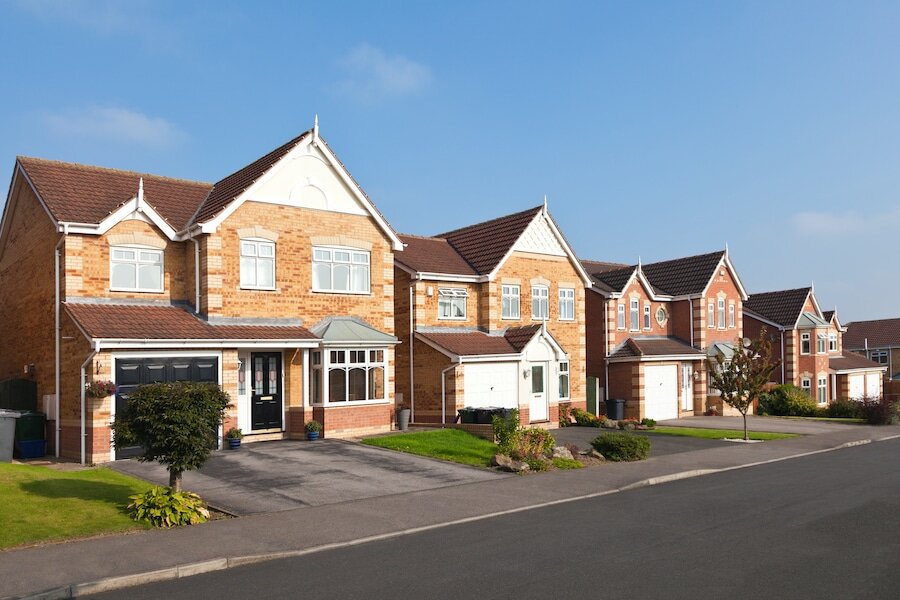Could the Chancellor be about to tackle property taxes?
The Sunday Times recently ran a story suggesting that Rishi Sunak was examining the replacement of Council Tax and possibly also Stamp Duty Land Tax (SDLT) with a new property tax. This would almost certainly not be something for 3rd March, but it could be a possibility down the line. Any such reform would not be easy.
The Office for Budget Responsibility (OBR) puts the amount to be raised by Council Tax in 2020/21 at £38.1bn, making it the fifth largest source of Government receipts. Council Tax is a devolved tax, meaning Scotland and Wales have their own variants (with different bands) and Northern Ireland has retained the rates system. So, if the Chancellor made changes, he would only have the power to do so in England.
Defending the English Council Tax System
There are few defenders of the English Council Tax system:
It is based on values as at 1st April 1991, a planned revaluation in 2005 having been abandoned. The three-decade age shows in the banding, with the middle band, Band D, covering properties worth an average of £78,000. Nationwide’s latest data puts the average English house price at £269,603.
The 30 year gap since the last valuation point has allowed huge regional disparities to build up, ignored by the frozen bands. Since 1991, Greater London prices have risen by over five hundred percent according to Nationwide. At the opposite end of the country, house prices in the North are up almost two hundred percent.
The nature of Council Tax is regressive. Over half the properties in the North East are in Band A, against 3.9% in Greater London.
Why Haven’t We Seen Changes Before?
Ever since Council Tax replaced the widely criticised Community Charge (aka poll tax) in 1993, successive Governments have been frightened of making any meaningful changes. Indeed, the Council Tax system has been used as a way of back door tax increases and/or imposing austerity. For example, the cap on tax increases without a local referendum (2%) takes no account of inflation.
Similarly, Governments have in recent years allowed councils to levy an ‘adult social care precept’. Following the Chancellor’s announcement in the Spending Review, for 2021/22 the precept will mean a Council Tax increase of up to 3% on top of the normal capped increase of up to 2%.
What Changes Might We See?
The Sunday Times suggested that the Treasury was looking at an idea beloved of think tanks, a property tax as a fixed percentage of property value. The approach is one way to levy a wealth tax on the family home under a different label. Research by WPI Economics, referred to in the article, showed that on a revenue-neutral basis, a 0.48% charge would be required. Apply that to Nationwide’s house price data and the London payment would average £2,335 per property against £660 in the North.
A further proposal is that the flat rate Council Tax replacement could also be used as a substitute for SDLT. That could have some appeal to the Treasury, as it would replace receipts that fluctuated with the vagaries of the housing market with a much steadier flow of revenue. Based on residential SDLT receipts of £8.4bn in 2019/20, that would imply a combined Council Tax/SDLT replacement rate of around 0.6%.
However, it is worth noting that the abolition of Council Tax, yet alone SDLT, is not going to be announced on 3rd March. But it will be interesting to see whether there are any ‘levelling up’ consultations announced which touch on reform of property tax.
We’ll be keeping track of this to see what happens in the future.

